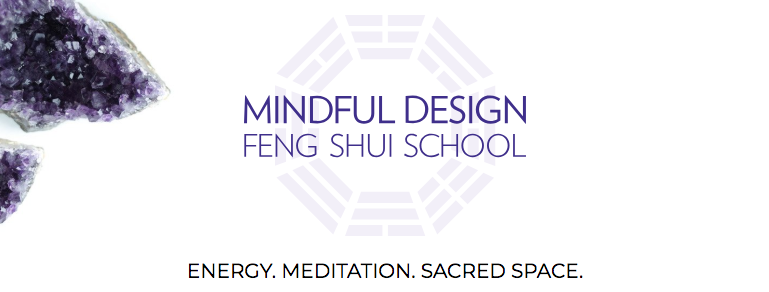Have you ever wondered what the numbers and color descriptions on your light bulb packaging mean? Not only is there a legitimate reason for describing lights in terms of color, there is a science to determining what color lights your home or work space need.
The light that we use for our spaces, referred to as white light, actually is not simply white at all. Instead, the color of our light ranges from red to bright white, almost blue, depending on how much electricity it uses. The more electricity, the brighter and more whitish-blue a light will appear.
A British scientist named William Kelvin discovered this characteristic in the late 19th century using carbon and heat, so we currently measure these temperatures in Kelvin, or K, a concept generally called correlated color temperature (CCT).
For the most part, a light source is either on the “warmer” or “cooler” end of the Kelvin scale, though this can be somewhat confusing. When you think of a red color, do you imagine warmth or cold? Warmth, right? For this reason, even though red lights register at a cooler temperature on the Kelvin scale, they are referred to as “warm.” The same goes for “cool” blue lights, which are actually the hottest on the scale.
What does this mean in terms of numbers? A warm bulb, one that gives off red light, typically measures at about 2000K-2800K, at the lower end of the Kelvin scale. For cooler bulbs, like the blue bulbs I mentioned earlier, the temperature averages around 5000K-6000K. The lower the number on the Kelvin scale, the “warmer” the white light color will be.
So what can we do with this knowledge? Studies have been conducted that show the shades and temperatures of lighting in a room actually affect the ability of the people in that room to accomplish certain tasks. For example, reading under a “warm” light is not a good idea, as this lighting is essentially the same as reading by candlelight. Instead, studies show that brighter, cooler lights, sometimes up to 6000K, are best for reading or completing work tasks. On packaging, this light is sometimes referred to as “Day White,” as it puts off a brighter light, more similar to the light we see during the day. At the same time, using a cool light in your family room might not provide the most relaxing atmosphere.
You can see why it is important to use the right lighting for each room in your home, depending on what that room is primarily used for. Each temperature in Kelvin is best for a specific set of activities.
For office work, or any room or area that requires a high level of detail and precision, it is best to use colder lights, or those ranging from about 5000K to 10000K. This lighting is also ideal for rooms like bathrooms, where you may put on makeup or do other everyday tasks that require good lighting.
For more relaxing spaces, like the bedroom, living room or even the dining room, it’s acceptable to use a much warmer bulb, even as low as 2700K. This is ideal lighting for maintaining calm, watching television, meditating and a variety of other casual activities.
Ideally, for most average rooms where you may do a variety of things, aim for lighting somewhere in the middle of these two. It isn’t necessary to have an extraordinarily bright light for all activities, but sometimes dimmer lighting can cause problems, for instance when reading or studying. A medium temperature bulb, around 3500K, provides a balance for a wide range of everyday tasks without creating strain.
Not only does proper lighting save energy in areas where bright light is unnecessary, it can go a long way toward holistic living and wellness, from preventing depression to enhancing eyesight to promoting relaxation or focus. When you shop for lighting, whether for your home, office, outdoor areas or even home offices, be aware of what temperature and color bulbs you are buying to ensure that you properly light each area of your life.
by Anjie Cho



